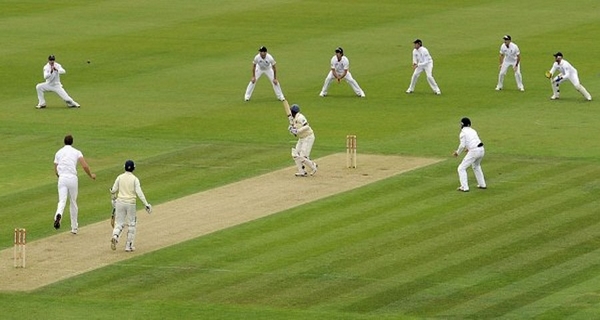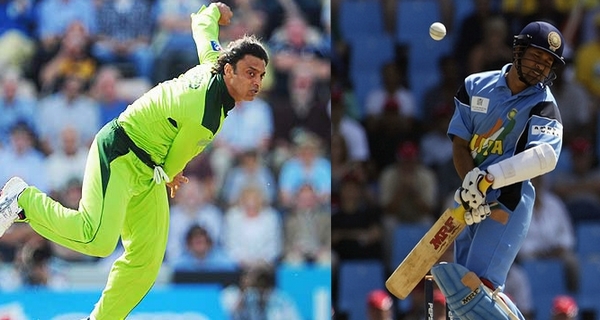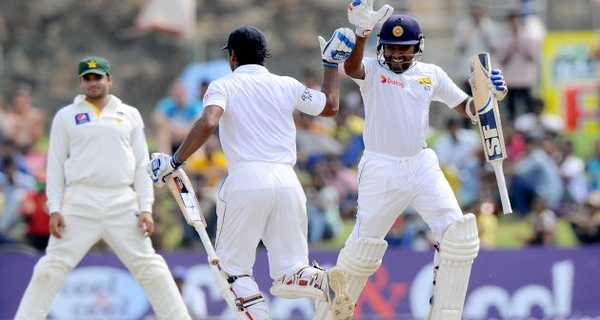10 Lesser known cricket rules in the world
Cricket currently is the second most popular sport in the world with approximately 2-3 billion fans around the globe following it. The latest trends and the advent of the shortest version of game has made it even more interesting resulting in the upboost of its popularity. Originally started in England, Cricket is an accustomed sport in almost every part of the world with most people having a good mind of its basic principles. However guided by the ICC rules and regulations, there are still many laws of cricket that need to be explained. The main reason for these cricket rules and regulations to be lesser familiar is because unlike many other general cricket laws these cricket rules rarely come in play. Another factor that plays a major role in the anticipation of these cricket rules is the continues amendments being made by International Cricket Council. In fact, the only cricket law to have remained unchanged since these cricketing laws were framed back in 1744 is the length of the pitch. However rules are still rules, as these are meant to prevent any ambiguity during the matches these need to be publicized as well. Top 10 lesser known cricket rules, which comes in handy in particular situations can be numbered as under.
10 Lesser known cricket rules in the world
10. No appeal no dismissal

The role of the on-field umpires in cricket games has been lesson recently with the introduction of modern technologies. The recent development of Decision Reviewing System which has not yet got the approval of all test playing nations, has further limited the role of on-field umpires. However, to get a batsman dismissed through any method a bowler needs to appeal to the umpire for the wicket. Though keeping the spirit of cricket alive and making sure that cricket still is a gentlemen’s game, there have been some rare incidents of batsman walking off the pitch after getting nicked without any appeal from the bowler but that is something very rare now a day. In order to get a batsman out whether by lbw or caught behind the stumps, the ICC cricket rules clearly state that the fielding team has to appeal so the umpire can make his decision. It is to be noticed that the bowler or any player from the fielding side can make an appeal any time before the bowler has turned back for the next delivery.
09. Ariel stoppage would be a Dead Ball
Again comes the intervention of modern technology in cricket. Where the use of latest technology in cricket has made the game experience hundred folds better, on the other hand it has been creating little troubles as well. Imagine, a sky cracker shot form a batsman who is desperate to get his side reach the target, hits the spider cam hanging from the stadium roof or in some cases roof itself and the ball getting a dead ball call from the umpire. The incident has actually taken place during a charity game between Australia and World XI in 2005. These type of cricket rules however can cost the fielding side as well, by getting a certain catch declared as a dead ball.
08. Forfeiture
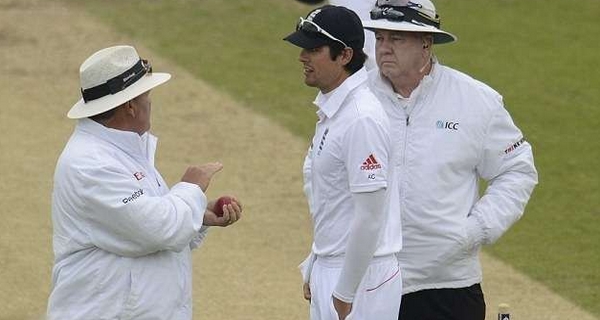
The importance a team captain is not limited to just field setting and bowling order in a game. In fact as per ICC cricket rules, a team skipper can actually withdraw from a whole inning of a test match in order to make a game fruitful. Test matches being extended over five day span and even then ending without any result seem useless. But if a team captain is well contented of his side’s first inning performance he is at liberty to waive the right to play a second inning.
07. The Time Out rule
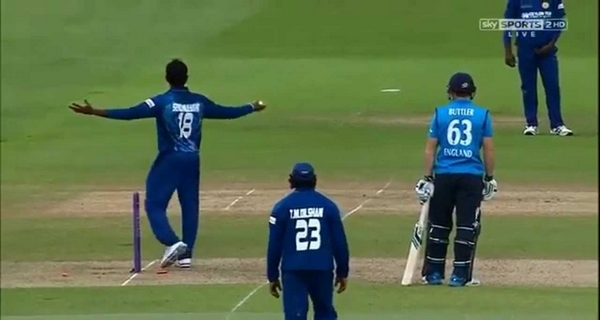
‘Time is money’ rule is applicable in cricket as well. Every cricket fan must be familiar with the recent incidents of team captains getting penalized for ‘slow over rate’ during a match. That is, each side has to bowl out its quota of overs within a specified period of time and an excess to that limit amounts to fine. However, unlike slow over rate phenomenon where fielding side gets caught, in time out rule batsman pays the price for not arriving at the crease on time. Law 31 of the ICC cricket rules suggests that if a batsman willfully takes more than three minutes to reach on the crease he may be given out on an appeal form the fielding side.
06. Penalty in Cricket as well?

In order to make sure that every side gets what he rightfully deserves, the rule of penalty runs also exists in cricket. According to this rule, a side is awarded with five penalty runs in certain cases. For example if a fielding side willfully damages the ball or pitch or the ball hits the helmet of a fielder or wicket-keeper not worn at the time of hitting. Similarly deliberated waste of time by the fielding side can also push the umpires to award the batting side five penalty runs. Same case applies with the batting side as well when a batsman deliberately obstructs a catch or willfully damages the protected area of pitch.
05. Captain recalling the dismissed batsman
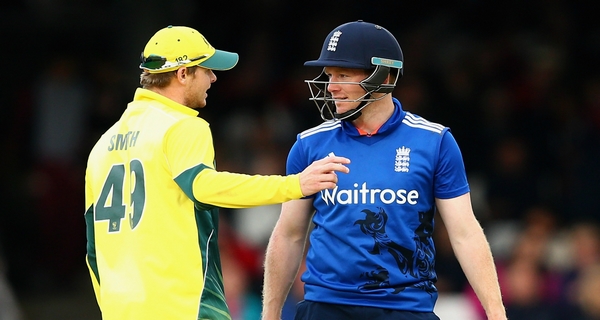
The rule also comes handy keeping the spirit of the game intact. The skipper of a side realizing that the batsman has been given out undeserved can withdraw his appeal and thus call him back to bat again. Undeserved dismissal usually include a batsman getting run out due to a certain injury or a sudden collide with a fielder. Ian Bell of England was allowed to carry on his batting against India despite having been declared as run out.
04. The leg before wicket rule
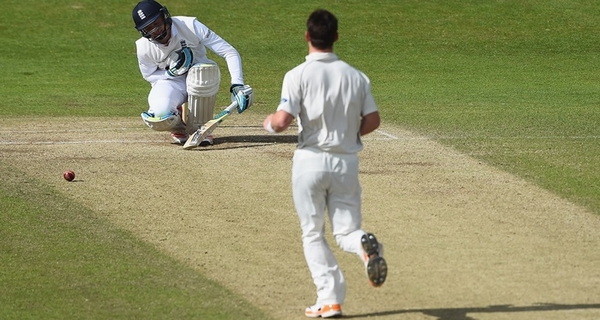
In order to get a batsman leg before wicket out, the ICC cricket rules are quite clear. A ball must pitch in line and then struck any part of batsman’s body while that part covering a judicious part of the stumps. However as the name suggests, in leg before wicket the ball does not necessarily need to hit the legs of a batsman. In fact any part of batsman’s body other than his wrists coming in the way of ball in front of stumps is regarded as an lbw.
03. Hitting the ball twice
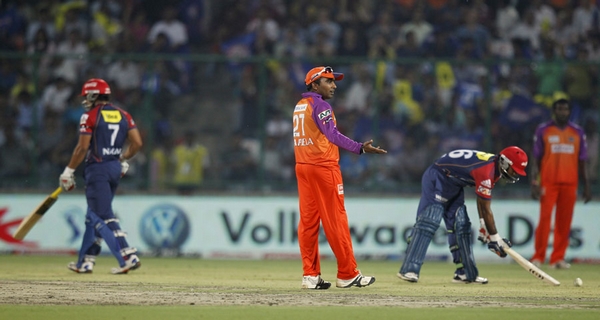
Hitting the ball twice also amounts to a dismissal in cricket rules book, however to get a batsman dismissed by this rule the second hit is required to have been made intentionally not to prevent an injury or so. The batsman can however touch the ball for a second time with his bat or hand but for that it is necessary that the bat must be in contact with that hand.
02. Mankading

The term ‘mankading’ gets its name after the Indian bowler Vinoo Mankad ho first used the method to dismiss Bill Brown in 1947. Considered to be strictly against the spirit of the game, this method of getting a player out has been largely criticized. It involves the dislodging of bails by the bowler on the non-striker end before delivering the ball while the non-striker batsman has backed up too far. The latest incident of mankading was witnessed during the recent U-19 world cup when West Indian player dismissed the last wicket of Zimbabwe to claim a place in the quarter finals.
01. A tied Super over
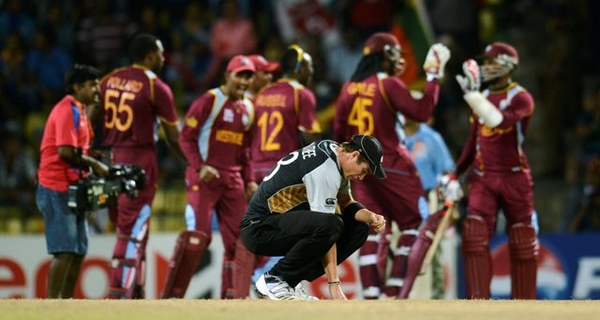
Super over being used to decide a tied T20 game, are a real excitement to watch to be honest. With only six balls deciding the course of a whole cricket game, how can a super over be not interesting? However what if in case the super over also gets equaled? Well ICC cricket rules have cure for this ambiguity as well. A tied super over well be decided by counting the number of boundaries hit by both team during the main game plus in the super over and the team with most boundaries will be the winner. Still in a rare case where the number of boundaries of both teams in main game plus super over are equal, only the number of boundaries in the actual game will count. At last in case if these stats are also not helpful, balls in reverse order will be counted for both teams. And the team with maximum number of runs on a ball from the reverse order will be the ultimate winner.

